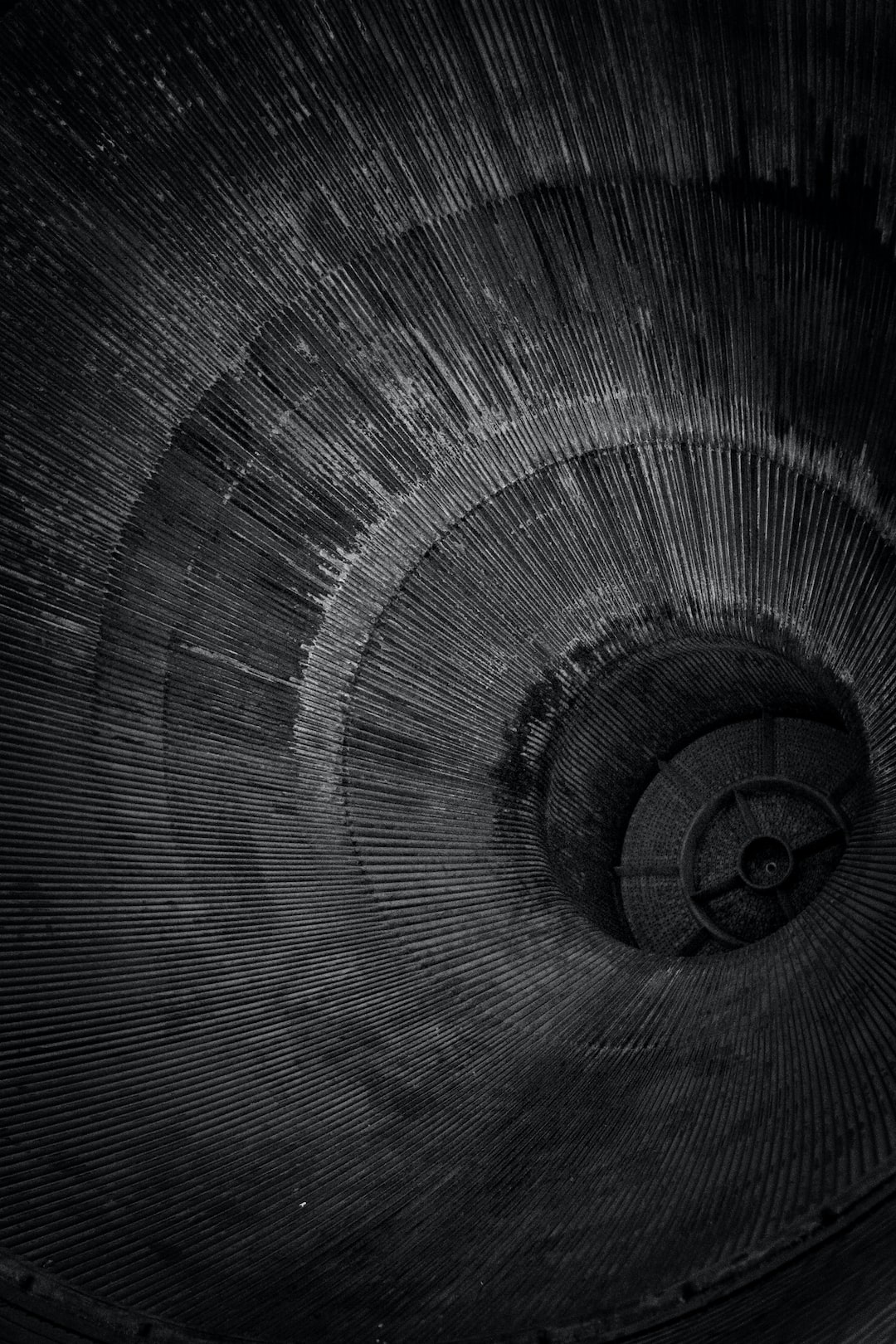Optimizing Energy Efficiency in Manufacturing Facilities
In today’s world, where concerns for climate change and rising energy costs are growing, optimizing energy efficiency has become a top priority for manufacturing facilities. These facilities consume a significant amount of energy, so finding ways to reduce energy consumption not only helps the environment but also improves the bottom line. In this blog post, we will explore some strategies that manufacturing facilities can implement to optimize their energy efficiency.
1. Conduct an Energy Audit: Before implementing any energy-saving measures, it is essential to conduct an energy audit to identify the areas where energy is being wasted. This audit can be done in-house or by hiring energy experts who specialize in analyzing energy consumption patterns. The audit will provide valuable insights into areas of improvement and help form a comprehensive energy management plan.
2. Invest in Energy-Efficient Equipment: One of the most effective ways to optimize energy efficiency is by investing in energy-efficient equipment. From lighting to machinery, manufacturing facilities can reduce energy consumption by replacing older, inefficient equipment with energy-efficient alternatives. For example, replacing traditional fluorescent lights with LED lights can result in significant energy savings and reduced maintenance costs.
3. Use Renewable Energy Sources: Integrating renewable energy sources into manufacturing facilities is gaining popularity as the cost of renewable energy technologies decreases. Solar panels, wind turbines, and geothermal systems can be installed on-site to generate clean energy. Using renewable energy sources not only helps reduce carbon emissions but also provides long-term cost savings by reducing reliance on conventional energy sources.
4. Implement Energy Management Systems: Energy management systems (EMS) can help manufacturing facilities monitor and control their energy consumption in real-time. These systems use data acquisition and analytics tools to identify energy-saving opportunities, optimize energy usage, and identify anomalies. By implementing an EMS, facilities can actively monitor their energy usage patterns, set energy-saving targets, and track their progress towards meeting them.
5. Conduct Regular Maintenance: Regular maintenance of machinery and equipment is crucial to ensure their optimal performance. Dirty filters, worn-out belts, and faulty equipment can result in increased energy consumption. Therefore, conducting regular maintenance checks and servicing machinery can help prevent energy wastage due to inefficient equipment.
6. Optimize Production Processes: Manufacturing facilities can achieve significant energy savings by optimizing their production processes. By streamlining workflows, eliminating bottlenecks, and reducing idle times, facilities can reduce the overall energy consumption. Implementing lean manufacturing practices can help identify areas for improvement and eliminate waste, including unnecessary energy usage.
7. Improve Insulation and Ventilation: Proper insulation and ventilation play a vital role in maintaining energy efficiency within manufacturing facilities. Inefficient insulation can result in heat loss during the winter and heat gain during the summer, leading to increased energy usage for heating and cooling. Similarly, poor ventilation can affect indoor air quality and necessitate higher energy consumption for air conditioning. By improving insulation and ventilation systems, facilities can reduce energy wastage and create a more comfortable working environment for employees.
8. Educate and Involve Employees: Energy optimization requires the active involvement of all employees within a manufacturing facility. By educating employees about energy-saving practices, promoting energy-conscious behavior, and encouraging them to provide suggestions for improvement, facilities can foster a culture of energy efficiency. Conducting regular training sessions and integrating energy-conscious practices into employees’ daily routines can go a long way in reducing energy consumption.
9. Monitor and Benchmark Energy Usage: Regularly monitoring and benchmarking energy usage against industry standards and best practices helps manufacturing facilities identify opportunities for further improvement. By comparing their energy consumption with similar facilities, they can pinpoint areas that need attention and set appropriate targets for reducing energy consumption.
10. Incentivize Energy Savings: Lastly, manufacturing facilities can motivate employees and teams by implementing energy-saving incentives. By recognizing and rewarding individuals or teams that consistently demonstrate energy-conscious behavior or achieve significant energy savings, facilities can encourage everyone to actively participate in energy optimization efforts.
In conclusion, optimizing energy efficiency in manufacturing facilities is not only environmentally responsible but also financially beneficial. By conducting energy audits, investing in energy-efficient equipment, integrating renewable energy sources, implementing energy management systems, optimizing production processes, improving insulation and ventilation, involving employees, monitoring energy usage, and incentivizing energy savings, manufacturing facilities can make significant progress towards their energy efficiency goals. Taking these steps will not only reduce energy costs but also contribute to a sustainable future.

